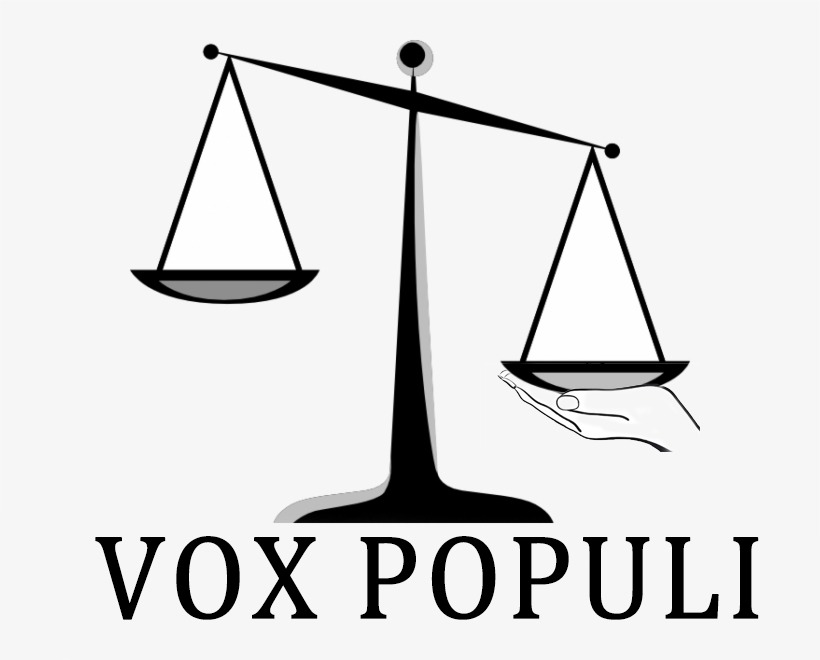By Anisha Reddy

India has close to 600 million internet users – over a third of its total population – making it the country with the second largest number of internet users after China. It does have its advantages, the main one being, it has led to the prevalence of a more informed citizenry. However, internet has also had the opposite effect on the world’s largest democracy.
Social media has become the primary source of information for us. But the way people consume it, is not uniform. According to Amber Sinha, in his book ‘The Networked Public’, the average digital citizen in India maintains a near-perpetual information illiteracy about where they receive news and information from, whether or not it is true and how it is intended to manipulate them.
Fake News and Its Impact
Evolution of social media platforms and the increasing accessibility to them has resulted in a lot of fake information that exists on these platforms. Frequent shares and forwards due to the lightning fast capability of internet to transmit information, gives such content more traction. The perpetuation of rumors through social media has triggered several violent incidents across India.
In 2018, more than two dozen people were lynched. The perpetrators were largely villagers who blindly believed the information they received regarding fake warnings of child kidnapping or organ harvesters which were being shared on WhatsApp. The government has called on WhatsApp to take immediate action. In 2018, WhatsApp announced restrictions on forwarding. It also introduced a ‘forwarded’ label on messages to help people identify whether a message has been sent directly by the sender or has been forwarded from someone else. However, it is illogical to assign blame for such violence acts only to the technology company without considering the social issues deeply rooted in our society.
Legal Researcher and Assistant Professor of Law at the National Law University in Delhi, Chinmayi Arun, has made a very valid point that even though most of these attacks were based on false information, it was not the false information that made them horrifying, but the ensuing violence caused as a result.
Media and Politics
Along with these instances, there have also been incidents of media influencing politics. In a democratic society like India, media is intertwined with politics in many ways. The consequences of this relation are not democratic in any sense.
The association of power with media goes back a long way. The control of media can happen in different ways – imposing laws and restrictions on the kind of content to be reported, limited advertising or directly owning the media. In India too, people with power have been successful in controlling political discourse and critical reportage by partially or completely owning media channels. Ownership of media significantly affects the content that is reported as it has to be favorable to the perspectives of the those who own it.
According to the Free Press Unlimited, the ownership of media by people who have vested interests has enabled the governments and corporations “to develop a centralized information strategy that amounts to a modern form of propaganda whereby all important media are speaking a similar vocabulary, demonizing the same enemies, and presenting the same arguments in support of the leadership’s actions”.
The recent anti-CAA protests that erupted across the country, has underlined the importance of media in covering dissent as well as the government’s response to the protesters.
When the JNU attacks took place, screenshots of masked attackers with other pictures and videos of known ABVP activists caused JNU students to blame the right-wing organisation for launching an unprovoked attack on the varsity campus. In an attempt to defend themselves, members affiliated to the ABVP circulated a video which showed a leftist group attacking an ABVP activist. They claimed that this was the trigger behind JNU violence. The video was widely circulated and many BJP representatives tweeted the clip. However, the fact checking website – Alt news, debunked the video and found the situation to be quite different. People online were also quick to recognise and report the content that was false.
During one of the protests, Amit Malviya, the head of BJP’s IT cell, tweeted a video which claimed that the Jamia students chanted slogans of “Hinduon ki kabr khudegi, AMU ki dharti par” (The graves of Hindus will be dug on the soil of AMU) and Aligarh Muslim University students chanted slogans of “Hinduon se azadi. (Freedom from Hindus)”. However, a video from the campus in which the audio is clearer, makes it clear that the students were chanting slogans against Hindutva, and not Hindus.
The phenomenon of fake news has been the biggest challenge in the run up to the Indian elections. False information regarding voting procedures and party activities have been spread during election campaigns. BBC research last year found that a rising tide of nationalism was driving Indians to share fake news. Participants tended to assume that WhatsApp messages from family and friends could be trusted and sent on without any checks. Not just during the election, but the period before the election had also been riddled with fake news.
Both of the main parties – BJP and Congress, exploited the powers of social media to influence the public. The Hindustan Times has reported that BJP had plans to assign some 900,000 people with the specific task of localised WhatsApp campaigning. On April 1st 2019, Facebook removed 687 pages or accounts that it said were linked to the Congress party. Regulation on social media as opposed to TV and print media, is more efficient as the apps have discretion over their content. Conscious citizens and fact-checking websites have helped to stop further spread of fake news.
As of today, there are no regulatory safeguards against political control over media in India.
The Indian laws do not restrict political ownership in television or print media with the exception of radio. This becomes a hindrance to independent and transparent coverage as there is always the pressure to side with the government and represent their point of view. For example, after the bifurcation of Jammu and Kashmir in 2019, many TV channels ran stories about ‘Calm in Kashmir’ and have been criticized for broadcasting the government’s point of view without allowing for any skepticism.
Conclusion
The war against fake news has to begin with creating awareness among people. It is worth taking time to verify information rather than spreading false news. This holds true for the current pandemic of Coronavirus that we are dealing with. In an atmosphere of panic and chaos, information riddled with rumors, fake home remedies and notices are being circulated on social media platforms. There can be grave consequences to believing such information.
The power to regulate such information on social media is with us. Social media aware and conscious citizens need to identify the right and wrong and prevent further spread of misinformation.
